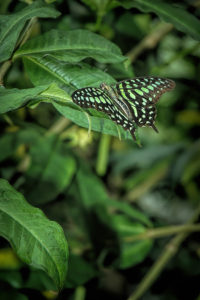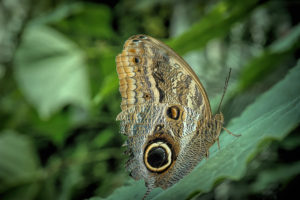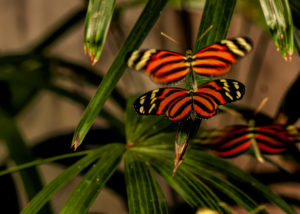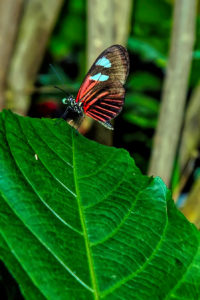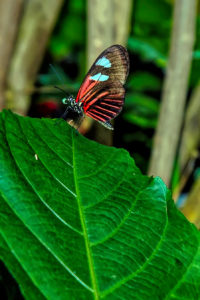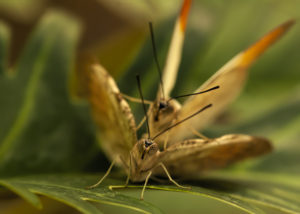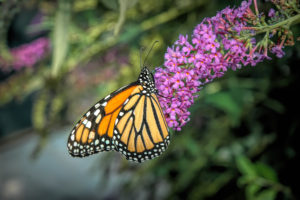BEES bugs & Butterflies
A selection of images of our insect friends


Papilio rutulus
The adults feed on nectar from a variety of plants so if you live in the West, keep your eyes open for this beautiful and popular butterfly in your own garden.
Image taken in Lake of the Ozarks region, Missouri.
Western Tiger Swallowtail
a common butterfly in the Western U.S., closely resembling its counterpart, the Eastern Tiger Swallowtail.
It is a striking butterfly, with impressive large yellow and black wings, and spots of blue and orange near its tail.
Family: Swallowtail (Papilionidae)
Subfamily: Swallowtail (Papilioninae)
Average Wingspan: 2 3/4″ – 4″
Habitat: Open woodlands, streams, river banks,
TAKE A PEEK AT NATURE’S GOOD BAD AND UGLY
Check out these critters
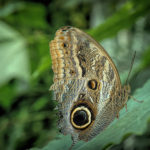
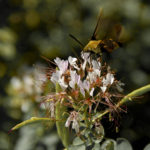
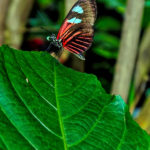
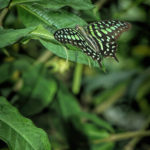
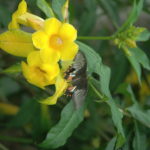
“The remarkable thing about the world of insects, however, is precisely that there is no veil cast over these horrors. These are mysteries performed in broad daylight before our very eyes; we can see every detail, and yet they are still mysteries. If, as Heraclitus suggests, god, like an oracle, neither “declares nor hides, but sets forth by signs,” then clearly I had better be scrying the signs. The earth devotes an overwhelming proportion of its energy to these buzzings and leaps in the grass. Theirs is the biggest wedge of the pie: Why? I ought to keep a giant water bug in an aquarium on my dresser, so I can think about it.”
― Annie Dillard, Pilgrim at Tinker Creek

Western Tiger Swallowtail
a common butterfly in the Western U.S., closely resembling its counterpart, the Eastern Tiger Swallowtail.
It is a striking butterfly, with impressive large yellow and black wings, and spots of blue and orange near its tail.
Family: Swallowtail (Papilionidae)
Subfamily: Swallowtail (Papilioninae)
Average Wingspan: 2 3/4″ – 4″
Habitat: Open woodlands, streams, river banks,

Papilio rutulus
The adults feed on nectar from a variety of plants so if you live in the West, keep your eyes open for this beautiful and popular butterfly in your own garden.
Visit BUTTERFLY HOUSE
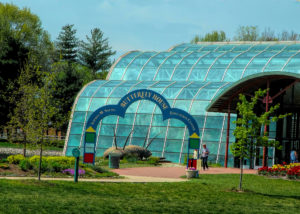
Sophia M. Sachs – Education Center
Click edit button to change this text. Lorem ipsum dolor sit amet, consectetur adipiscing elit. Ut elit tellus, luctus nec ullamcorper mattis, pulvinar dapibus leo.
The Sophia M. Sachs Butterfly House, a division of the Missouri Botanical Garden, officially opened to the public September 18, 1998. Located in St. Louis County’s Faust Park, the central feature of the attraction is an 8,000-square-foot glass conservatory where visitors mingle with more than 60 species of the world’s most beautiful butterflies in free flight. The Butterfly House was the first facility dedicated entirely to invertebrates in the country to be granted accreditation by the Association of Zoos and Aquariums (AZA).
The Conservatory is lushly planted with nearly 100 species of exotic flowering tropical plants. Visitors see enormous species diversity including huge iridescent blue Morphos from Costa Rica, the Ruby Lacewing from Malaysia and the Golden Birdwing from the Philippines.
BUG COLLECTION GALLERY
BUTTERFLIES
